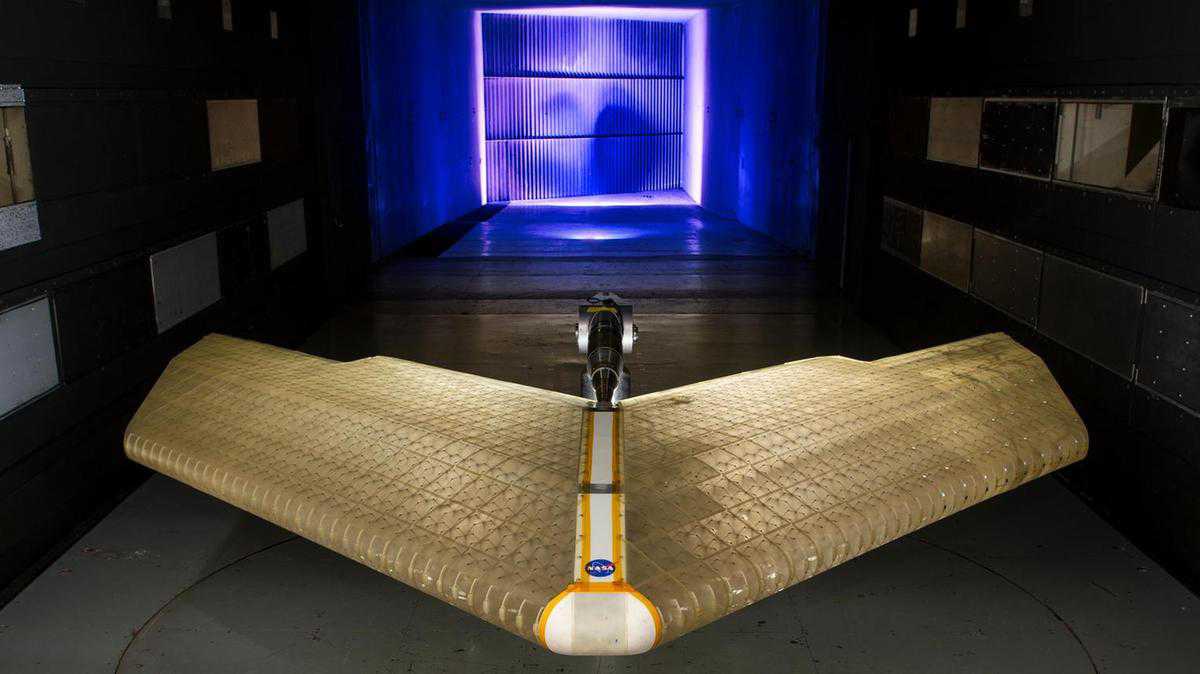Nasa’s new aeroplane wing could change the future of flying
08 April, 2019

Engineers at Nasa's Ames Research Center in California have created a new aeroplane wing that could change the future of flying.
Working with a group from MIT, the researchers have conceived, designed and built the wing out of hundreds of identical cube-like structures. These pieces were then bolted together and covered in a thin polymer material, giving the wing freedom to change shape in order to control a plane’s flight.
The design was created as part of the Mission Adaptive Digital Composite Aerostructure Technologies (MADCAT) project, and it's believed it could seriously boost jet performance. Since planes have fluctuating aerodynamic loads and goals at different times throughout the duration of a journey, depending on whether a jet is taking off, landing or cruising, the Madcat's flexibility means it can optimise its shape for each stage of a flight.
This is an aerodynamic equivalent to jumping up and trying to land with your knees locked versus having your knees bent
-Nicholas Cramer, Nasa research engineer
Speaking to The National, Nasa research engineer Nicholas Cramer explained how the wing makes flying more efficient during the different points of flight. “During these different conditions, the vehicle is experiencing different loads, and it can react more efficiently to those loads when the wing is shaped differently. This is an aerodynamic equivalent to jumping up and trying to land with your knees locked versus having your knees bent. If your knees are bent, you absorb the impact better than if your knees were straight.”
While the design has been deemed successful in initial tests, to operate effectively it would require a new design of aircraft with which it could work, rather than simply being incorporated into existing jet designs. Cramer explains, “We believe that this technology could enable the production of some nontraditional but promising aircraft designs like blended wing body aircraft.”
If the future sees the design incorporated into commercial aviation, the benefits would see manufacturing and fuel costs lowered. This could then translate into cheaper ticket prices for passengers. There would also be the potential for companies to create larger aeroplanes.
However, Cramer urged caution: “We've got a long way to go before we get there though. Very practical technical hurdles for the mass manufacturing of such a vehicle still exist, such as robotic assembly, which is something our colleagues at MIT's Center for Bits and Atoms are actively investigating.”
The entire aviation industry relies on technology that is rooted in Nasa research. From inside cockpits and cabins to jet engines and traffic control towers, Nasa-developed technology has helped pave the way for air travel as we know it.
TAG(s):
